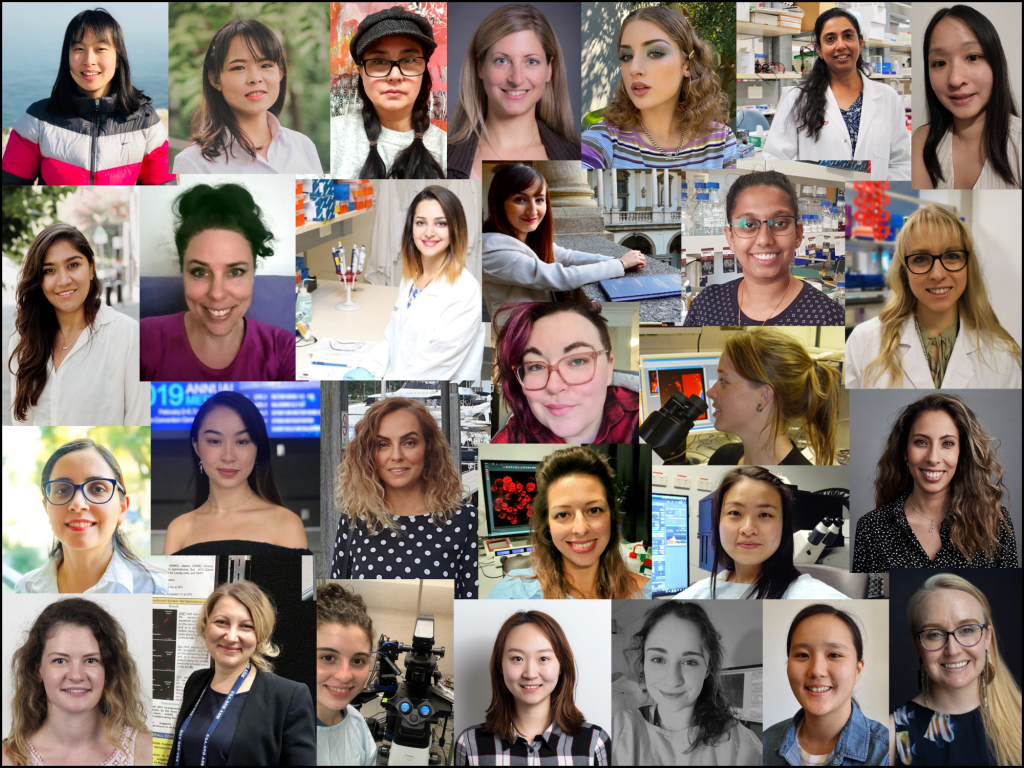Scope for Change
Posted by Krystyna Gieniec, on 8 March 2022
Gender and cultural biases and inequalities still exist in modern society. This is particularly evident in historically male-dominated workplaces, such as scientific research institutes, and is exemplified by the fact that, in 2022, men continue to hold more than 70% of higher academic positions and are awarded over 90% of Nobel Prizes. This suggests to young women of all cultural backgrounds that science is either not a profession available to them or is one in which they will struggle to flourish.
Devising and revising solutions to fundamental questions about how the world works, however, is dependent on our ability to be creative, not on our external appearance. If anything, combining different personalities, life experiences and talents nurtures a rich opportunity to solve the big unanswered questions. We therefore need to create a new narrative that forsakes the structural and individual biases that continue to marginalize people based on their appearance, age, culture, race, economic background or gender. One step toward this goal are efforts to shine the spotlight on the amazing research that can be achieved by under-represented groups and to couple this exposure with frank and open calls to institutes, funders, hiring committees and Department Chairs to simply do better.
As a Postdoctoral Fellow in the midst of a COVID-lockdown in Australia, I created a space where 27 female-identifying researchers from universities and institutes across the Sydney region could express their scientific passion in a virtual microscopy exhibition, called “The Illuminators: Scope for Change” (The Illuminators: Scope for Change | Equity Diversity & Inclusion – UNSW Sydney). The aims of the exhibition were to show the general public that science is broad and beautiful, and that it looks remarkably different to the images that are all-to-often used to portray science and scientists in the media. The successful women (of all academic levels) highlighted in this exhibition reinforce that anyone can be a scientist, and that it is time to embrace all the different creative ideas and insights that individuals from many different backgrounds can offer. It is also important to realise that, in a society engrossed in social media, it is not only our responsibility to promote the visibility of minorities in STEMM careers and to use socials as a platform to remind young people that they too can pursue this career, but to show these images to those in positions of power and privilege and remind them of the talent pool that they are excluding when they adopt or ignore regressive policies.
So, on this International Women’s Day, I encourage you to view this exhibition and share it amongst your networks. Perhaps it will even guide your own creative inventions into exploring and promoting diversity in STEMM. Afterall, we have to believe that there is Scope for Change!



 (No Ratings Yet)
(No Ratings Yet)